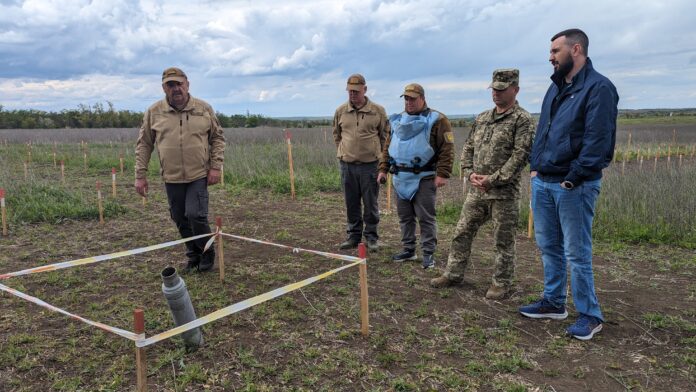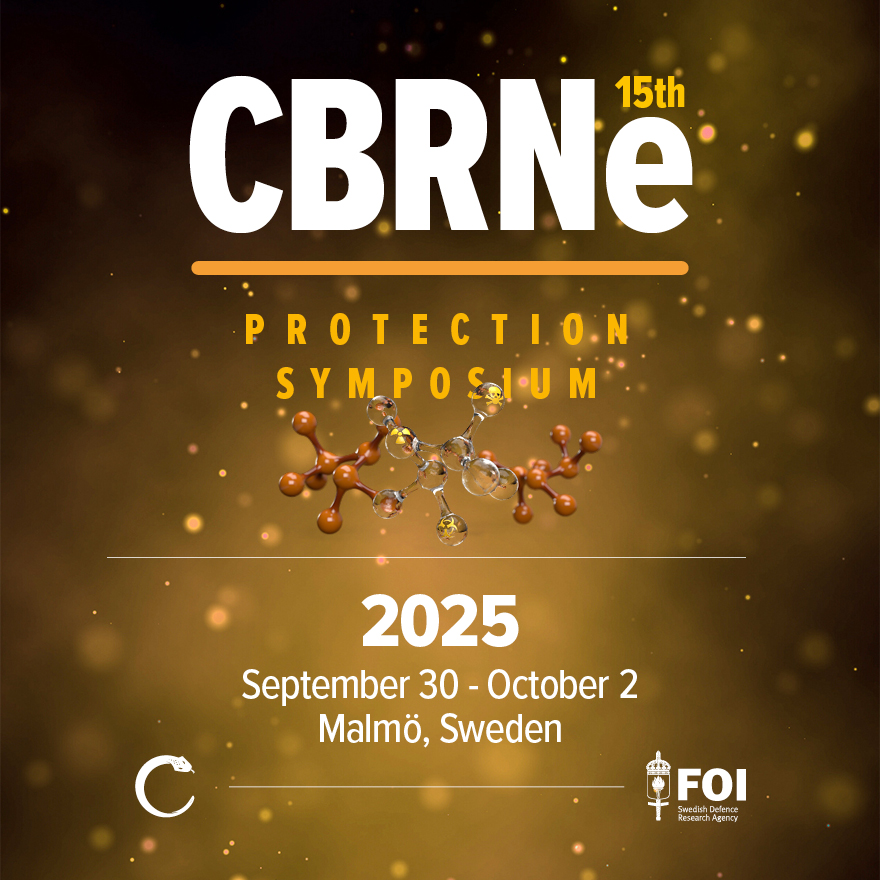By CBNW Magazine
Ihor Bezkaravainyi talks to CBNW Magazine Editor Patrick Norén about the role of the Ministry of Economy of Ukraine in mine action, as well as the main demining challenges facing Ukraine, recent progress, and the role of the international community.
What is the role of the Ministry of Economy in mine action in Ukraine?
The base of the current mine action system in Ukraine was established in 2014 after the Russian invasion of Crimea and Donetsk and Luhansk oblasts of eastern Ukraine. We had some previous experience in dealing with explosive remnants of war from WWII, but those cases were rather rare. Occasionally, our rescue teams would find some WWII-era ordnance and deal with the problem.
But in general, the current humanitarian mine action system started its work in 2014. When we were designing the system from 2014-2022, the problem was very different – limited in scale, mostly focusing only on small towns and some cities in eastern Ukraine. Meanwhile, the main worldwide international operators like HALO and Fondation Suisse de Déminage started their work in Ukraine from 2015, and the mine action system was built by the Ukrainian government in collaboration with them.
But after the start of the Russian full-scale invasion, the existing system could no longer match the scale of the problem. We are suddenly facing thousands upon thousands of square kilometers that need to be surveyed and prioritized for clearance. The system as it was designed before could not respond to these new challenges, requiring a more coordinated response at a higher governance level.
By the end of 2022 and start of 2023, it became clear that mine action needed a dedicated cross-sectoral high-level official to translate strategic visioning and oversee coordination of the sector that includes multiple stakeholders. It was decided that Yuliia Svyrydenko, who is both the First Deputy Prime Minister of Ukraine and the Minister of Economy of Ukraine, would be responsible for this.
Before, the Ministry of Defense was responsible for mine action during wartime, and the Ministry of Internal Affairs during peacetime. However, this did not result in good cooperation and led to fragmented or duplicated coordination efforts. We needed to bring transparency and efficiency into mine action governance and management. That is why the Ministry of Economy was tasked with leading humanitarian mine action coordination in Ukraine.
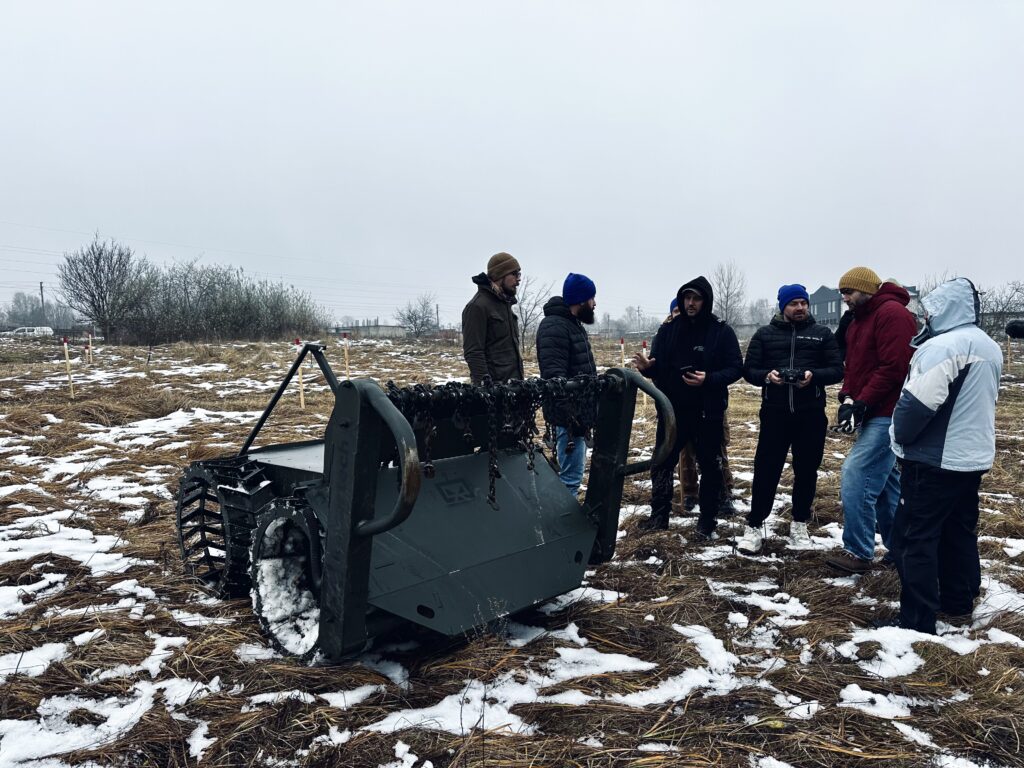
In general, what do you consider are the biggest challenges in mine action?
Mine action is by definition complex because it involves so many interconnected parts and actors. It’s about security and defense, social responsibility and protecting people’s lives, it’s about environmental sustainability and energy, everything all at the same time. Each step forward often uncovers additional questions to be addressed, which means that this sector and our work are constantly evolving.
Humanitarian demining is a small piece of the bigger mine action system. It can range from information campaigns to raise awareness among the population living in high-risk areas, to destroying landmines to ensure compliance with the broader international framework.
To address these challenges in the most efficient way, the Ministry of Economy has prioritized building long-standing cooperation with broader and diverse mine action stakeholders working in Ukraine. These include internal stakeholders like state authorities and Ukrainian mine action operators, and external stakeholders such as international partners in mine action and international organizations. After that, the main task of the last year was to develop and adopt the National Mine Action Strategy for the next ten years in close consultation with international partners and stakeholders responsible for different topics. This document provides a long-term vision for the mine action sector in Ukraine and sets up key strategic objectives for all stakeholders. To implement the strategy, we also developed the Three-Year Mine Action Implementation Plan. It provides more than 60 concrete tasks and actions, timelines, and responsible institutions accountable for each element of the strategy.

What are the main goals of the Mine Action Strategy? How has the Ministry of Economy contributed to its development?
If we are talking about the Mine Action Strategy, we have three big goals. The first is to return 80% of land to safe and productive use within the next 10 years. Why 80%? While the biggest part of our land is not contaminated and has no record of hazards, we must still conduct a non-technical survey to be able to return non-contaminated areas to safe and productive use. This approach would prioritize the lowest contamination levels, and gradually move to higher-contamination levels.
The second priority is protecting civilians. It is not just about social support for victims of explosive ordnance, but explosive ordnance risk education for children and adults with a tailored approach, training, and marking high-risk areas.
The third goal is strengthening our mine action management system. This is essential for the sector to work effectively and efficiently and includes elements such as developing cohesive information management systems, prioritization systems, and methodology, as well as facilitating coordination among all involved stakeholders.
The role of the Ministry of Economy is focused on middle and long-term strategic planning and sector development, instead of working in the field. Unlike military actors who tend to work on a “by-the-book” principle, our role is to think outside the box to find new, innovative ways to improve demining approaches.
Can you give some examples of how the Ministry of Economy has thought “outside the box” in coordinating mine action in Ukraine?
One simple example is how we approach non-technical surveys and how we can collect resources to conduct them quickly and efficiently. Traditional state operators would think that we need lots of non-technical survey teams with trucks, training, and go out into the field to look for evidence that areas are safe or dangerous.
We try to understand how we can combine existing information from drones, satellite images, and open sources to establish if there had been hostilities in that area and look for evidence of contamination, or, possibly, no evidence of contamination.
Secondly, we must think outside the box about financing demining operations. In the previous post-war period, this financing was characterized by donor-recipient relations between big international organizations. However, we have worked to establish an international demining market to attract broader investment and financing.
This “market” consists of many Ukrainian organizations and humanitarian demining operators working in the field and farmers who need to demine their land. We have many farmers working in hazardous areas who cannot afford demining services during wartime. We need to connect the two parts of that market and find the resources to return as much land as possible to productive use, and as fast as possible.
Although fully demining Ukraine will require billions of dollars over many years, I am sure that relying only on foreign taxpayers to cover these costs is neither realistic nor sustainable. So we must think outside the box about how to fund this huge challenge.
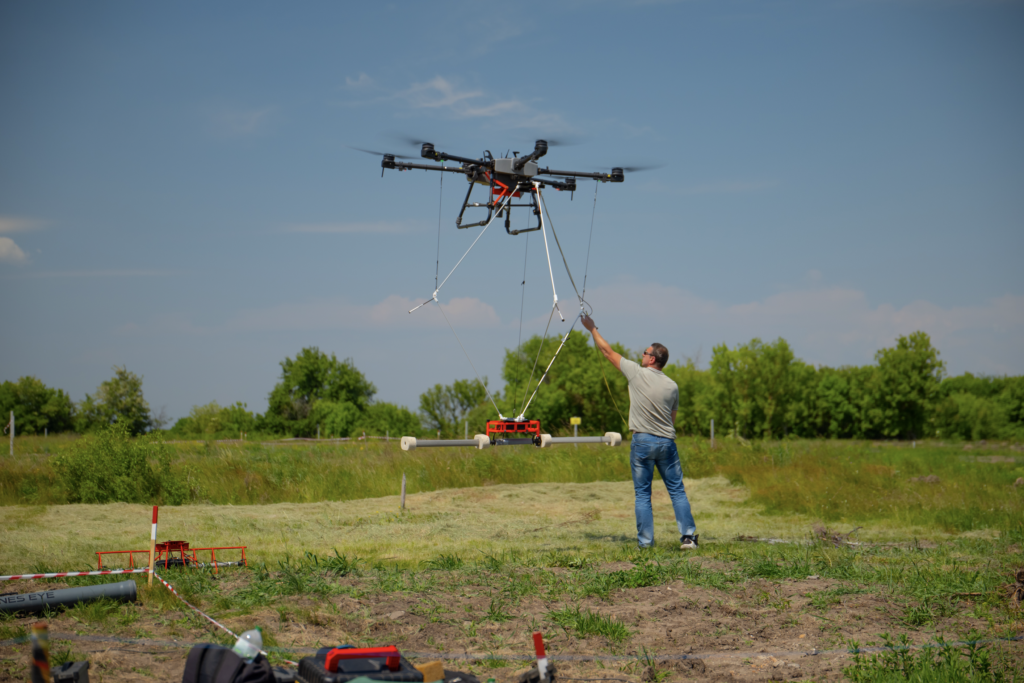
How much progress has been made in returning land to productive use?
Since 2022, we have returned 35,500 sq km of land to productive use – it is a huge area. However, there remains one crucial detail. We are not working 20km from the frontline zone, which is 1,000km long. This gives an area of 20,000 sq km where clearance is not currently feasible. This is a massive area where we currently cannot work.
Out of these 35,500 sq km that we have returned to productive use, 30,000 sq km were not contaminated and were returned by non-technical survey. Meanwhile, clearance operations have been completed in 5,500 sq km. This is also a significant figure when considering physical clearance operations.
99% of those 5,500 sq km were cleared in a fast-response operation conducted by a government unit made up of representatives from the State Emergency Service, State Transport Service, National Police, and National Guard of Ukraine, among others. This unit has technical teams working in the field for fast response operations in deoccupied areas.
Why is this important? If we look at mine action law and international mine action standards, the term “fast-response operation” does not exist. It is not used in Ukrainian mine action standards or Ukrainian mine action law. The reason is because the whole ecosystem was designed before the full-scale invasion and is not suitable for an unprecedented scale of challenges in all areas – for example processes, activities, and scale – and we should build a totally new approach to deal with the problem.
What are the biggest challenges facing humanitarian mine action in Ukraine?
Ukraine currently faces three main challenges: scale, unpredictability, and sophistication.
The biggest challenge is the scale. We need more teams, we need more equipment, and the teams and equipment that we do have cannot work day-in, day-out. They need rest. So, this means we need extra teams on top of the teams we already need.
But one particular challenge that our teams encounter is unpredictability. There is often no obvious reason why the enemy has made a particular area dangerous. You might find one anti-vehicle mine in the middle of a field, and nothing else. Why? For what?
This creates a very difficult situation where there is no military logic in how the mines have been placed, there is little evidence of contamination, but random mine placements make it dangerous anyway. And this is very hard to predict.
Another challenge is the skill of military specialists who lay the mines. They work like artists. Some of the landmines have been installed in such a way that makes them impossible to remove without detonating them. Sometimes they really are like a piece of art. Identifying these mines requires a lot of time and attention, and sometimes they might be connected in a chain of ordnance where one will trigger multiple explosions. This makes it very difficult to work on these if you are not a highly professional deminer.
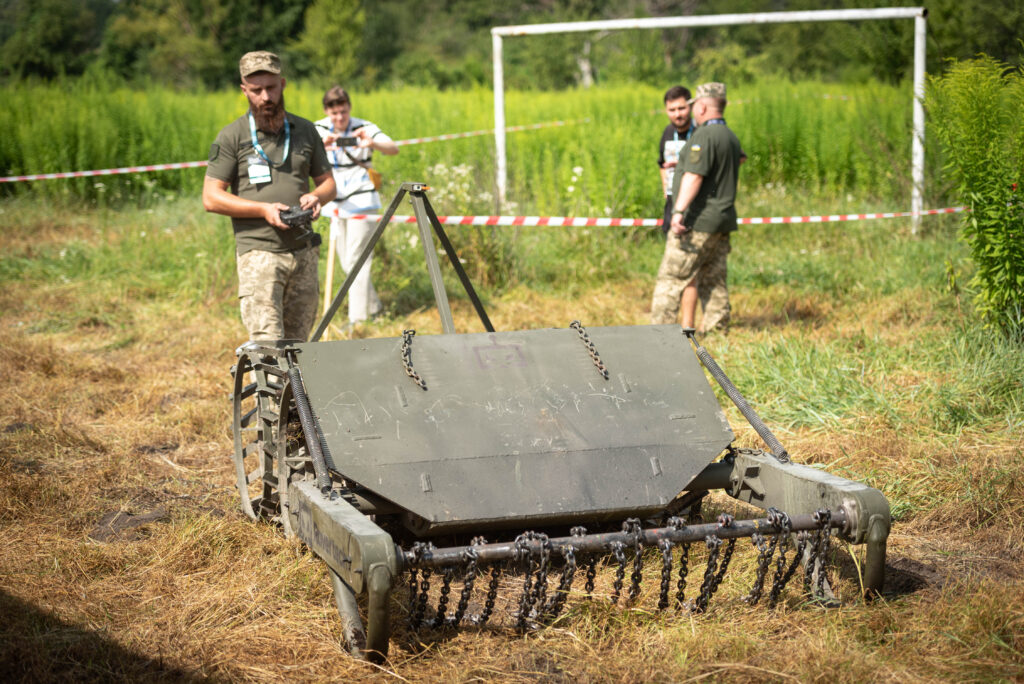
What message would you like to give to the international community?
We are grateful for the support of many friends and partners – countries, governments, private funds, and different implementing agencies supporting Ukraine. Together, we are building a robust system that is achieving great results. Yet, I would like to emphasize three key messages.
Firstly, we cannot wait until the end of the war to demine Ukraine. We should start working right now. Sometimes, experts ask me, “why did you make an area clear when tomorrow the Russians could shell that area once again?” Our citizens are not waiting for the end of the war to be able to return. They are already returning to deoccupied villages and cities, so safety can’t wait.
The second message is that this is a global challenge, not just about Ukraine. The biggest parts of Ukraine that are currently contaminated are agricultural, which has implications for global food security. Ukraine is one of the biggest suppliers of staple foods to countries in the Global South, and large areas of land contaminated by Russian landmines can severely negatively impact the food security of other countries.
And the third message is that international support is not a donation – it is an investment. New technologies and approaches developed by Ukraine on and off the battlefield, when it comes to demining or otherwise, can be transferred to our partners. We are working now so that Europe and the world can be safe and secure in the future.
Ihor Bezkaravainyi is the Deputy Minister of Economy of Ukraine.


